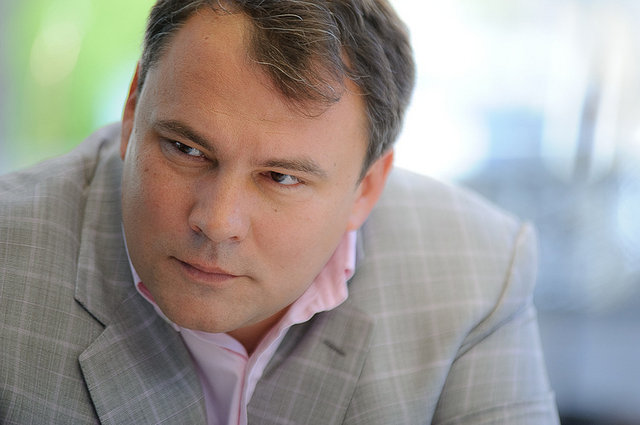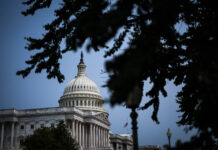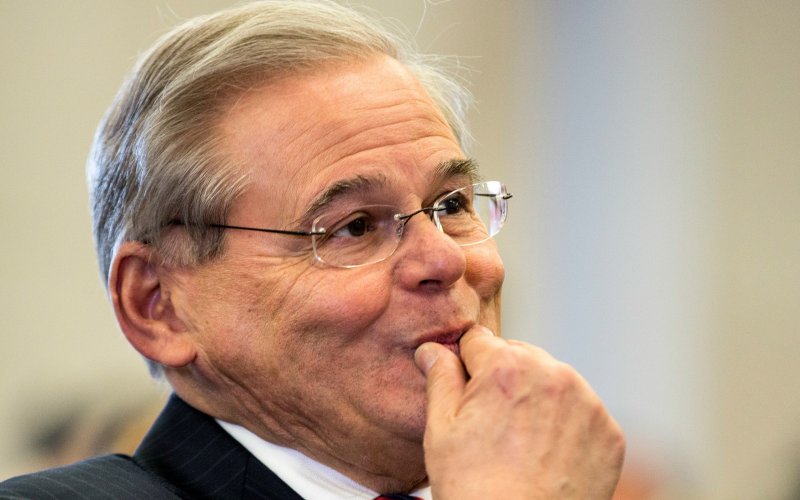
St. Isaac’s Cathedral is one of the most impressive buildings in St. Petersburg, Russia’s grand second city that was the country’s Europe-facing capital for more than 200 years. Completed in 1858, it’s not only the largest Russian Orthodox cathedral in the world but an important tourist spot in the city, last year drawing almost 2.3 million visitors.
Yet despite its heritage, recently announced plans to transfer the ownership of the cathedral from the state to the Russian Orthodox Church have sparked protests in the city, and on Tuesday that dispute turned uglier, with comments from a prominent politician leading to allegations of anti-Semitism in Orthodox-majority Russia.
Those comments were made by Pyotr Tolstoy, the deputy chairman of Russia’s State Duma, during a news conference on Monday. Tolstoy, the great-grandson of Russian writer Leo Tolstoy and a former journalist who now represents the pro-Putin United Russia party, had been asked to comment on the protests over the transfer of the church.
Here’s his response:
“Observing the protests surrounding the transfer of St. Isaac’s Cathedral, I cannot help but notice the amazing paradox. People who are the grandchildren and great-grandchildren of those who destroyed our churches, [of those] who jumped out of the Pale of Settlement with revolvers in 1917, now their grandchildren, working in various very respectable places – on radio stations, in legislative assemblies – continue the work of their grandfathers and great-grandfathers.”
Tolstoy seemed to be linking the recent protest in St. Petersburg with the revolutions in 1917, events which led to the Orthodox Church losing much of its power in Russia.
But for many in Russia the reference to the Pale of Settlement suggests he was referring to the Jewish population. In Imperial Russia, Jews were barred from living in much of Russia and instead limited to the westernmost provinces of the empire in what is now Eastern Europe and the Baltic states. That area was known as the Pale of Settlement, and it was notorious for discrimination and pogroms against Jews. To many Russian Jews and their descendants, the Pale of Settlement is near synonymous with the anti-Semitism that was widespread in the Russian Empire.
Russian Jewish groups responded to Tolstoy’s comments quickly. During an interview with Echo of Moscow, Russian Jewish Congress president Yuri Kanner accused Tolstoy of “open anti-Semitism” in his statement. Alexander Borod, the president of the Russian Federation of Jewish Communities, said that Tolstoy’s statement was “the same old, false anti-Semitic myth, whose obvious deceitful nature is clear to any educated person.”
“I look forward to the appropriate management response of the State Duma and the party,” Borod said, according to a report from Interfax.
An official condemnation of Tolstoy seems unlikely, however. Duma speaker Vyacheslav Volodin said Tuesday that while he was happy to meet with Jewish leaders to discuss the situation, he does not believe Tolstoy’s comments were anti-Semitic. “The term [Pale of Settlement] applied to convicts,” Volodin said. “Then convicts began to occupy leadership positions in the Revolution. What if [Tolstoy] was referring to this? Has anyone asked him?”
Tolstoy also hit back at his critics personally, writing on Facebook that only those who had a “sick imagination” could see his comments as anti-Semitic. “I think just the headlines that came out on the Echo of Moscow and in Nezavisimaya Gazeta are actually anti-Semitic themselves,” he told Interfax, referring to two media outlets that had reported his comments.
The situation adds more controversy to the handover of St. Isaac’s Cathedral, which many see as further evidence that the Orthodox Church is gaining increasing influence as Russia becomes more nationalist and socially conservative. For decades St. Isaac’s had largely served as a museum, with religious services confined to one part of the church and critics argue that the Jan. 10 decision to give the cathedral over to the church may leave the important artifacts at the site neglected.
(c) 2017, The Washington Post · Adam Taylor
{Matzav.com}











